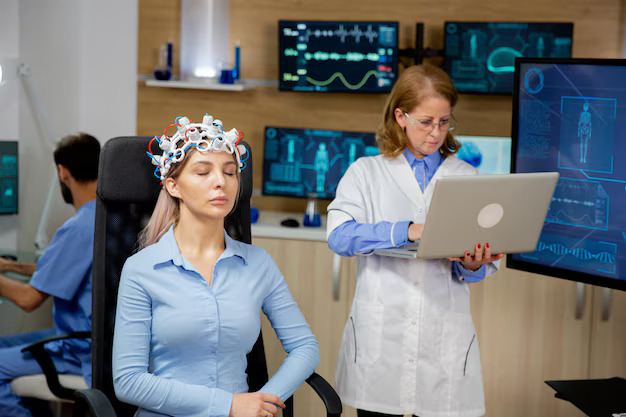Studies Reveal Generative AI Enhances Physician-Patient Communication
Generative AI boosts empathy, clarity, and trust in physician-patient communication worldwide.
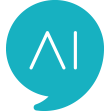

As healthcare accelerates into the digital age, Generative AI and large language models (LLMs) are revolutionizing one of medicine’s most human elements — communication between doctors and patients.
Recent studies from UC San Diego Health, Stanford Medicine, and JMIR Publications demonstrate that AI in healthcare is not just about automation—it’s about fostering empathy, accessibility, and understanding. This shift sets the stage for a new era where artificial intelligence strengthens, rather than replaces, human connection
AI Chatbots in ERs: Redefining Critical Care. Read more here!
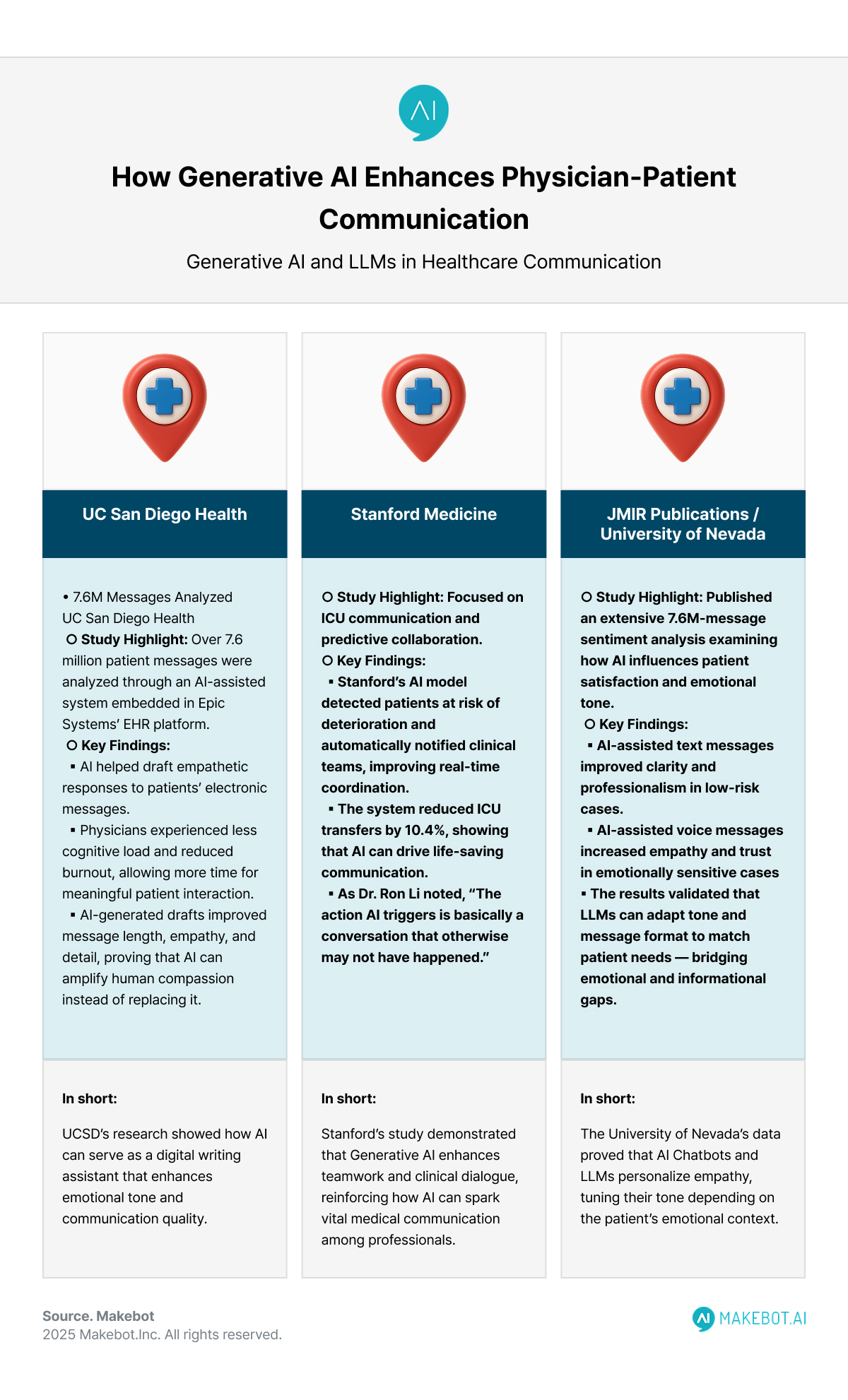
The Rise of AI-Assisted Communication in Healthcare
In a landmark 2024 study from the University of California San Diego (UCSD) School of Medicine explored how Generative AI can draft empathetic responses to patient messages through the Epic Systems electronic health record (EHR) platform. By offering AI-generated drafts for physicians to edit, the system alleviated the stress of managing hundreds of patient messages weekly while preserving a personal, human touch
Although the AI drafts did not shorten response times, physicians reported a significant reduction in cognitive load, allowing them to refine pre-written empathetic messages instead of starting from scratch.
As Dr. Ming Tai-Seale put it, “AI could help break writer’s block by providing physicians an empathy-infused draft upon which to craft thoughtful responses.”
This pioneering experiment laid the foundation for how AI Chatbots could integrate naturally into healthcare workflows — leading to broader questions of how they affect communication quality and trust.
Evidence of Improved Message Quality and Engagement
Follow-up analyses confirmed that AI in healthcare improves the quality, empathy, and length of doctor-patient communication. The UCSD study revealed that messages co-drafted by Generative AI were longer, more detailed, and perceived as more compassionate.
Senior researcher Dr. Christopher Longhurst noted that physicians felt supported by AI’s ability to produce meaningful drafts that resonated emotionally with patients — a key factor in reducing burnout and improving overall communication quality
Beyond San Diego, researchers at the University of Nevada, Reno analyzed over 7.6 million physician-patient messages using AI-driven sentiment analysis. They found that the medium of communication—text versus voice—plays a critical role in shaping patient satisfaction. In low-risk cases, text-based AI systems provided consistency and professionalism; in high-risk conditions like lung cancer, AI-assisted voice messages offered emotional reassurance and built trust
These findings underscore how AI’s ability to tailor tone and content can reshape digital bedside manner—setting up the next evolution: empathy through design.
Large Language Models as Empathy Catalysts
In 2025, researchers demonstrated how LLMs, such as ChatGPT, can transform medical communication itself. Their study compared standard radiology reports to AI-simplified versions and found that the simplified reports achieved higher readability scores and dramatically improved patient comprehension, tone perception, and engagement
Patients described the AI-simplified reports as “clear,” “reassuring,” and “motivating,” helping them prepare better questions for consultations and participate more actively in decisions.
This shows how large language models can serve as empathy engines—bridging the knowledge gap between complex medical language and patient understanding.
As AI continues to evolve in patient-facing contexts, these readability and empathy benefits will drive its adoption into new medical domains.
KPMG: AI's Extensive Adoption in Healthcare. Read here!
Collaborative AI Models Strengthening Clinical Dialogue
Meanwhile, Stanford Medicine’s work showcased another dimension of AI in healthcare — its ability to enhance team communication among clinicians. A study published in Stanford Medicine introduced an AI-based predictive model that identifies patients at risk of deterioration and automatically alerts doctors and nurses. This real-time communication system fostered collaboration, reducing ICU transfers by 10.4% among monitored patients.
As Dr. Ron Li from Stanford explained, “The action AI triggers is basically a conversation that otherwise may not have happened.”
By ensuring these timely interactions, Generative AI and predictive models help clinicians connect more effectively and act faster. This cooperative approach naturally raises new discussions about ethical oversight and human supervision—an issue explored next.

Ethical Considerations and the Human-in-the-Loop Principle
With AI increasingly involved in patient correspondence, the ethical dimension becomes crucial. UCSD’s pilot ensured that every AI-assisted message explicitly disclosed AI involvement, maintaining transparency and trust This “human-in-the-loop” framework ensures that physicians remain accountable while benefiting from AI’s drafting assistance.
However, researchers warn that without clear guardrails, LLMs risk introducing biases or producing overly generic outputs. Scholars at NYU and the Tandon School of Engineering found that provider adoption rates of AI message drafting tools depend on personalization and tone — shorter, more empathetic drafts were used more often, while overly robotic ones were rejected
Thus, the future of AI communication lies not only in technical accuracy but also in ethical sensitivity and contextual adaptation — a bridge toward responsible deployment.
The Future of AI-Enhanced Physician-Patient Communication
Emerging evidence from global research — spanning UC San Diego Health, Stanford Medicine, and JMIR — paints a clear picture: Generative AI and LLMs are revolutionizing the emotional and operational dimensions of healthcare communication. From simplifying radiology reports to automating empathetic message drafts, these systems enhance trust, comprehension, and efficiency
Future innovations will likely include adaptive AI tools that learn each physician’s communication style, automatically customize empathy levels, and evolve through continuous feedback loops. As these models mature, the ultimate vision remains steadfast — ensuring that AI amplifies the human connection at the heart of medicine, not replaces it.
And as this technological journey continues, one truth becomes evident: the future of patient care will depend not on machines alone, but on how humans and AI learn to speak — together.
Key Takeaway
Generative AI, AI Chatbots, and LLMs are redefining physician-patient interaction by merging empathy with efficiency. The studies show that when designed ethically and deployed collaboratively, AI in healthcare becomes more than an automation tool—it becomes an empathy multiplier. The result is not just better medicine, but better understanding.
Showcasing Korea’s AI Innovation: Makebot’s HybridRAG Framework Presented at SIGIR 2025 in Italy. More here!
Makebot: Bridging Technology and Human Connection
This is where Makebot bridges the gap. We go beyond technology delivery by providing industry-specific LLM agents and end-to-end AI solutions tailored to your business strategy and goals. From healthcare deployments in institutions such as Seoul National University Hospital and Gangnam Severance Hospital to solutions for finance, retail, and the public sector, Makebot delivers customized AI you can trust that strengthens communication and operational efficiency.
With globally verified technology like HybridRAG—presented at SIGIR 2025 for achieving a 26.6% accuracy improvement and up to 90% cost reduction—Makebot helps organizations move swiftly from proof-of-concept to real-world impact. Generative AI is no longer just an innovation; it’s a strategic growth engine.
Start your AI journey today at www.makebot.ai or contact us at b2b@makebot.ai to discover how we can help you lead the next wave of AI-driven healthcare transformation.

Studies Reveal Generative AI Enhances Physician-Patient Communication





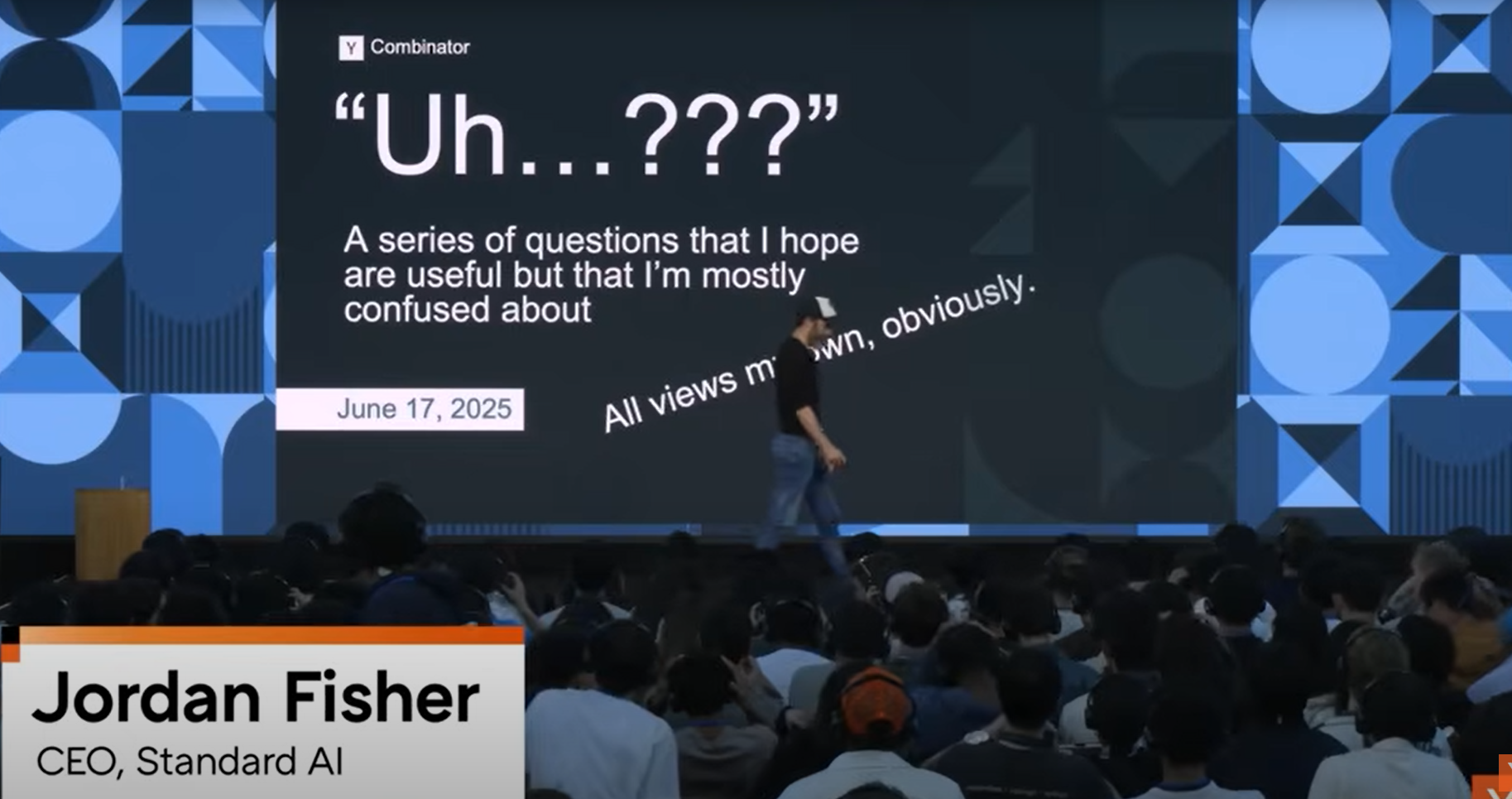














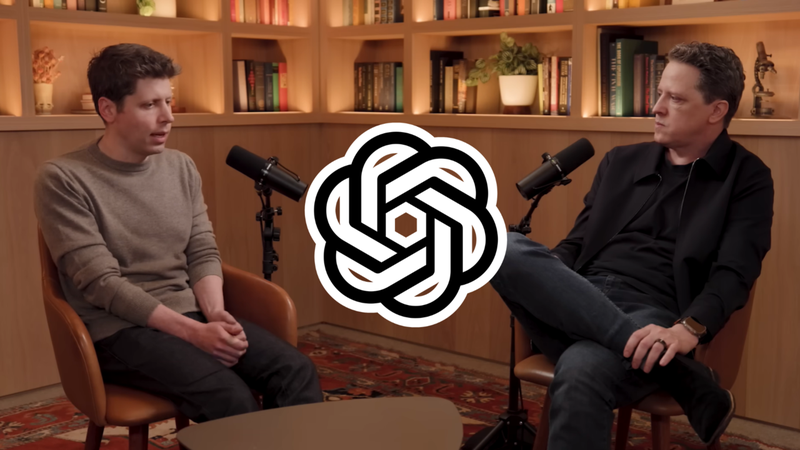















_2.png)


















.jpg)













